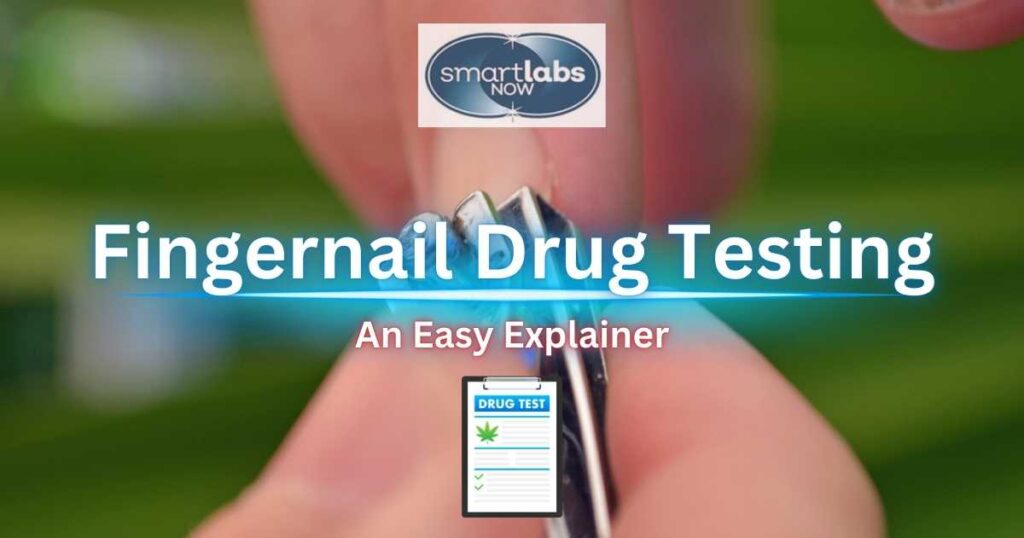
As drug testing becomes more advanced, fingernail drug testing is gaining attention as a reliable and non-invasive screening method.
This article provides a comprehensive overview of the fingernail drug test, covering its accuracy, applications, methodology, and more.
If you’ve already determined that this is the best substance-detection solution for your case, please sign up here 🙂:
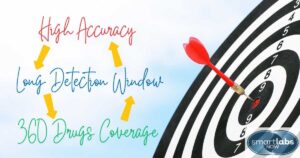
Fingernail drug testing is known for its high level of accuracy, provided the test is administered and processed by an accredited lab such as Smart Labs Now.
Accredited testing laboratories must follow strict international quality standards, ensuring their processes meet rigorous guidelines. These standards help guarantee that the results are both accurate and reliable.
A key aspect of this reliability comes from the certified collectors trained to handle samples correctly, ensuring the integrity of the process. These professionals collect fingernail clippings under strict conditions to avoid contamination or mishandling.
Additionally, the test’s noninvasive nature makes it a comfortable alternative to other testing methods while maintaining the accuracy required for drug and alcohol screening.
Laboratory testing processes utilize advanced technology, such as liquid chromatography-tandem mass spectrometry (LC-MS/MS) and gas chromatography-tandem mass spectrometry (GC-MS/MS), to analyze the drug metabolites trapped in the nail’s keratin fibers.
Nail clippings offer a unique advantage: They are less prone to adulteration and can provide a drug-use history of up to six months or longer. This makes the fingernail drug test a powerful tool for long-term substance detection 💪.
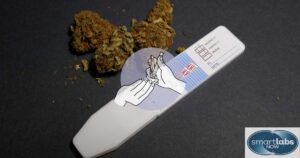
Fingernail drug testing has applications in various settings, including legal, workplace, and personal use cases.
For example, court-ordered drug tests often utilize fingernail samples due to their ability to provide comprehensive drug-use histories over extended periods, offering insights into chronic use. These tests are also beneficial in zero-tolerance policies for employers, where certified results and chain of custody protocols are vital to ensuring the test results’ credibility.
In comparison to urine or hair tests, fingernail drug testing offers a more extensive detection window.
While urinalysis may detect recent drug use, it is susceptible to adulterants, which can lead to false-negative results. Fingernail drug tests, on the other hand, detect metabolized drugs, such as benzodiazepines or cocaine, without the risk of immediate tampering. This is particularly useful for legal cases where comprehensive and certified results are required.
Workplaces often use these tests for monitoring compliance with drug-free policies, while individuals may choose this method for personal reasons, such as tracking recovery or ensuring sobriety.
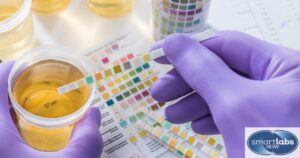
Fingernail drug testing is often compared to hair and urine tests. While all methods are effective, each has its strengths and limitations.
Urine tests are widely used due to their ability to detect recent drug use. But they have a much shorter detection window (typically a few days to a week). Hair drug tests are more invasive but can track drug use over 90 days. However, hair drug testing may sometimes fail to detect very recent drug use or low concentrations of certain substances.
Fingernail drug testing stands out for its longer detection timeframe, offering insight into drug use over several months. This advantage is particularly useful for detecting chronic substance use. Moreover, the collection process for fingernail samples is less invasive than that of a hair test, which requires larger samples and may raise privacy concerns.
Substance detection in fingernail samples involves trapping drug metabolites in keratin, the protein that forms nails. Both fingernails and toenails are suitable for analysis. Further, the test is highly resistant to tampering since samples are less accessible for adulteration than hair or urine. Additionally, alternative testing methods like blood tests have shorter detection windows, limiting their use in chronic drug monitoring.
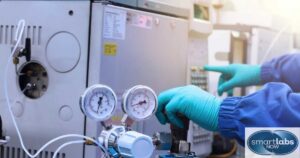
Fingernail drug testing employs advanced laboratory techniques to detect drugs and alcohol. Two common methodologies are 2-dimensional gas chromatography-tandem mass spectrometry (GC-MS/MS) and liquid chromatography-tandem mass spectrometry (LC-MS/MS). These technologies identify and measure drug metabolites trapped in the keratin fibers of nails.
When substances such as alcohol or drugs like cocaine, marijuana, or benzodiazepines are consumed, their metabolites circulate in the bloodstream and eventually get embedded in growing nail tissue. Fingernail samples can also detect exposure to environmental drugs or secondhand smoke, which can provide false positives unless a detailed analysis is conducted.
During sample collection, trained collection staff ensure that nails are free from substances like nail polish that may interfere with the test. This is followed by weighing the specimen to meet precise testing criteria. Samples are then subjected to a biomarker detection process. This helps determine if drugs or alcohol were present in the bloodstream during the period when the nail grew. The biomarker detection period can cover 3-6 months of drug use, depending on the substance and the individual’s nail growth rate.
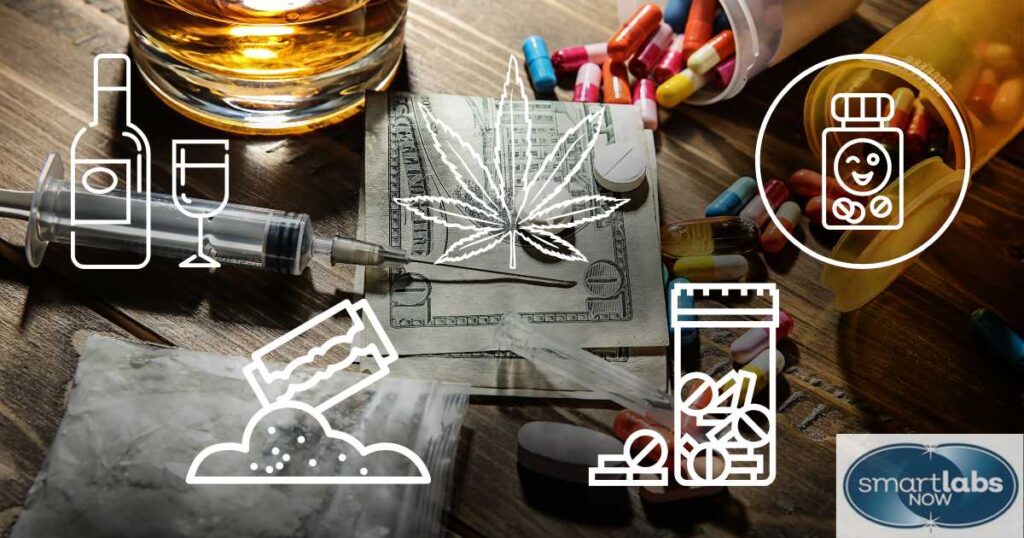
Fingernail drug testing can detect a wide range of substances, including alcohol, cocaine, marijuana, opiates, benzodiazepines, and ecstasy (MDMA). For alcohol detection, a specific biomarker called ethyl glucuronide (EtG) is analyzed, which helps identify recent alcohol consumption. This is particularly useful in legal settings, such as monitoring compliance with sobriety requirements.
In addition to detecting the parent drug, the test also identifies drug metabolites, which form after the body processes the substance. For example, THC metabolites indicate marijuana use, while the presence of benzoylecgonine confirms cocaine use. Fingernail drug testing can even detect environmental exposure to certain drugs, making it one of the most comprehensive testing methods available.
Both fingernail and toenail clippings are suitable for this type of analysis, offering flexibility in sample collection. Their combined use, though, can sometimes be necessary. A case in point is where one set of nails is too short or damaged for effective testing.
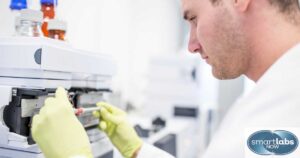
The process of fingernail drug testing is simple and efficient.
It begins with the collection of fingernail clippings, typically performed by certified collectors to ensure sample integrity. As mentioned, this test is non-invasive. It does not require any blood or urine samples and can be conducted discreetly.
After collection, the lab validates the method to ensure the accuracy of the samples.
The lab analyzes the samples using advanced techniques such as 2-dimensional gas chromatography-tandem mass spectrometry. Results are often available within a few days. Turnaround times can vary depending on the laboratory and specific testing panel ordered.
Confidentiality is a priority throughout the process, with results securely handled and delivered only to authorized personnel. The test kit offers simple usability and is designed to produce accurate and reliable results quickly.

Various training programs and resources are available to support individuals and organizations involved in fingernail drug testing. Educational materials and instructional videos ensure that collectors are well-versed in correctly collecting and handling samples. In many locations, training is provided on-site or through certified providers.
At Smart Labs Now, we ensure our collection and lab staff keep up-to-date with the latest quality standards and training regimens 🙂.
These resources are essential for maintaining the high standards necessary for accurate and reliable drug testing.
Properly training all involved parties minimizes the risk of errors. It also ensures the maintenance of the chain of custody throughout the process.

Fingernail drug testing is a powerful tool for detecting drug and alcohol use over long periods. Its non-invasive nature, accuracy, and wide range of detectable substances make it a valuable option for legal, workplace, and personal monitoring scenarios.
With advanced detection methodologies and a simple testing process, this approach provides a reliable solution for effectively tracking substance use.
If you’re in Portland and would like to schedule an individual or group (employee/organizational) screening, we’re here to assist 👋🙌:
Please consult your primary care physician before engaging with any pharmaceutical, natural substances, or activity regimens mentioned or prescribed in this post. Smart Labs Now is not responsible for health or life outcomes based on the information or recommendations provided. This account does not serve as a substitute for professional medical advice/help.